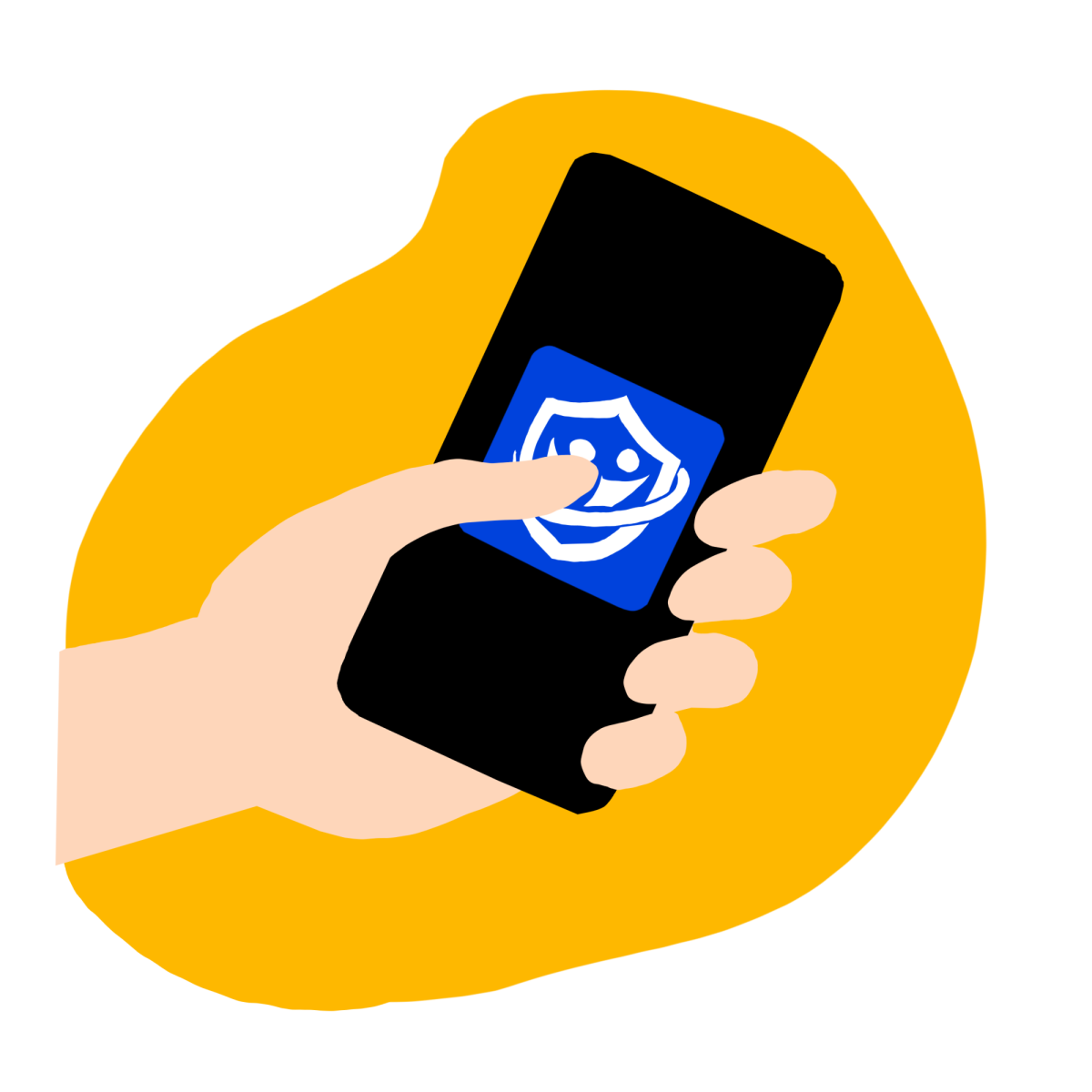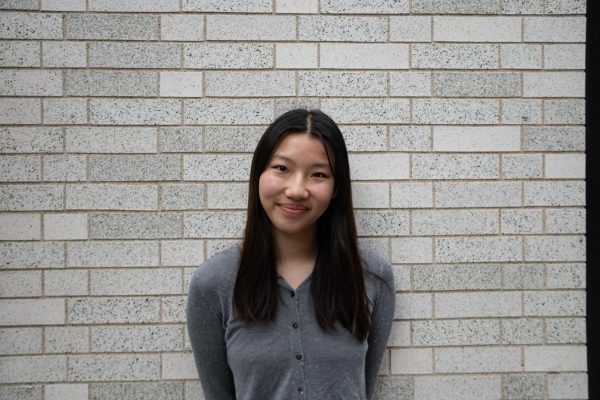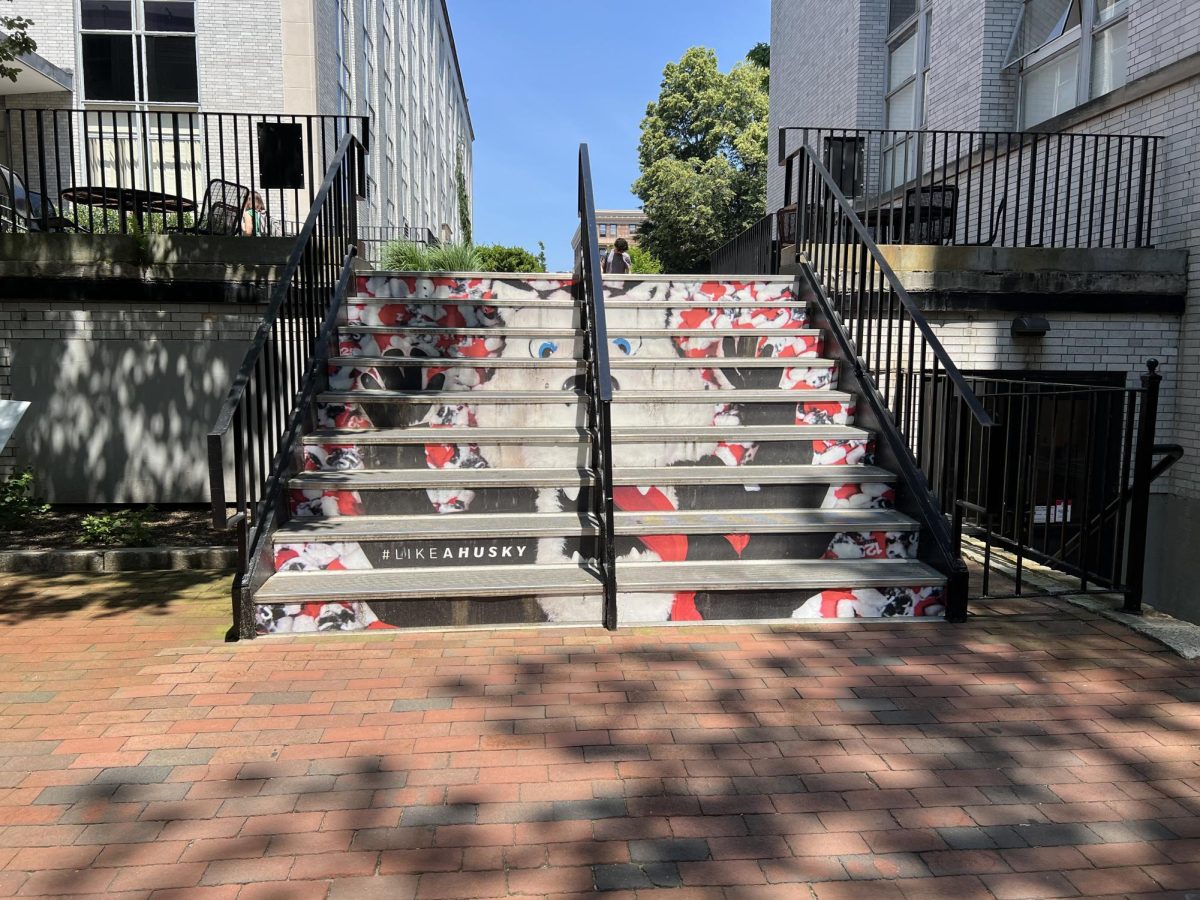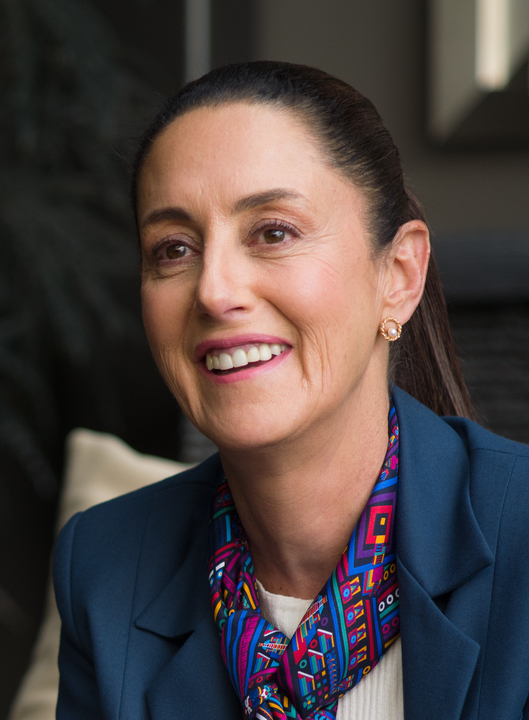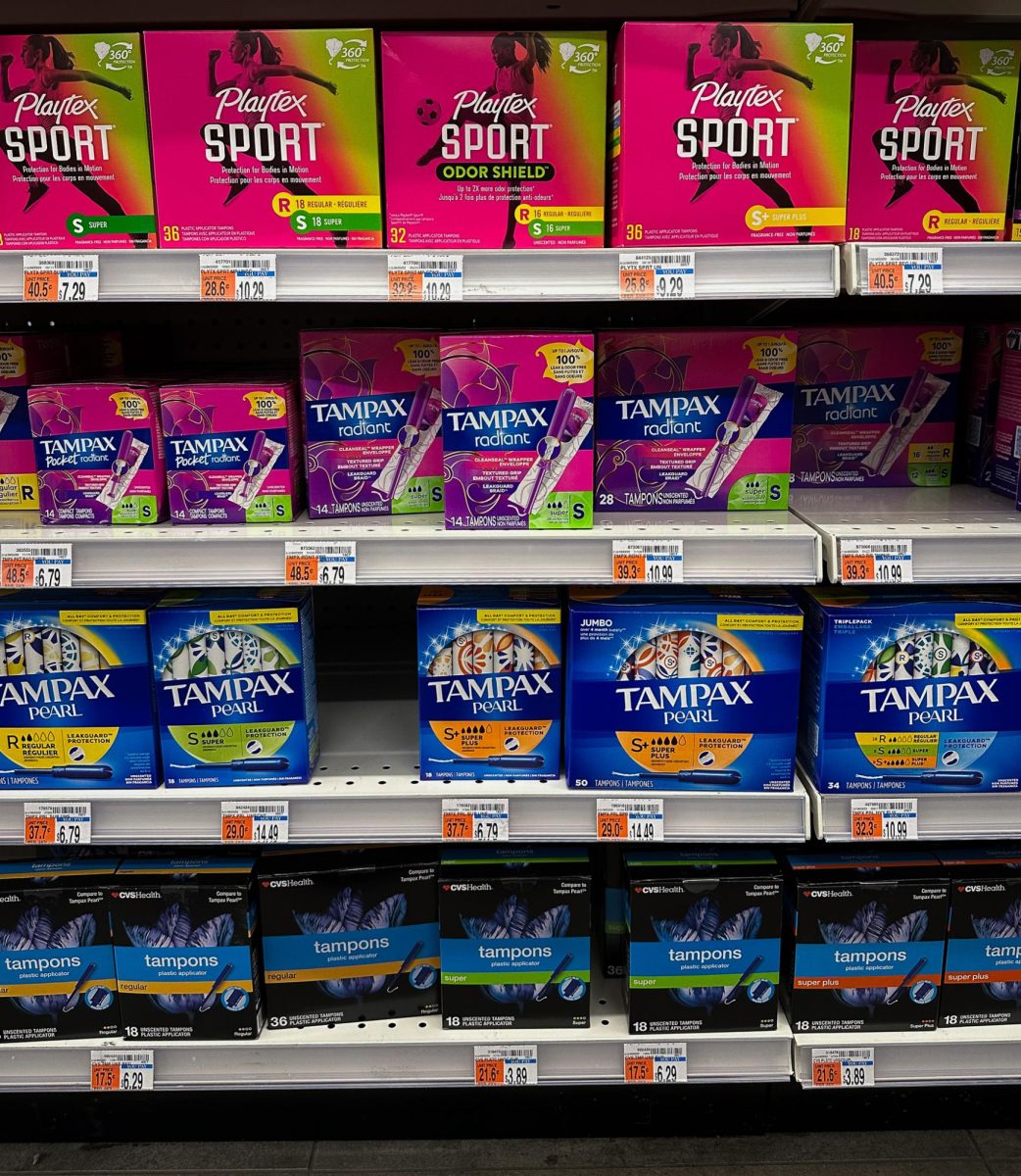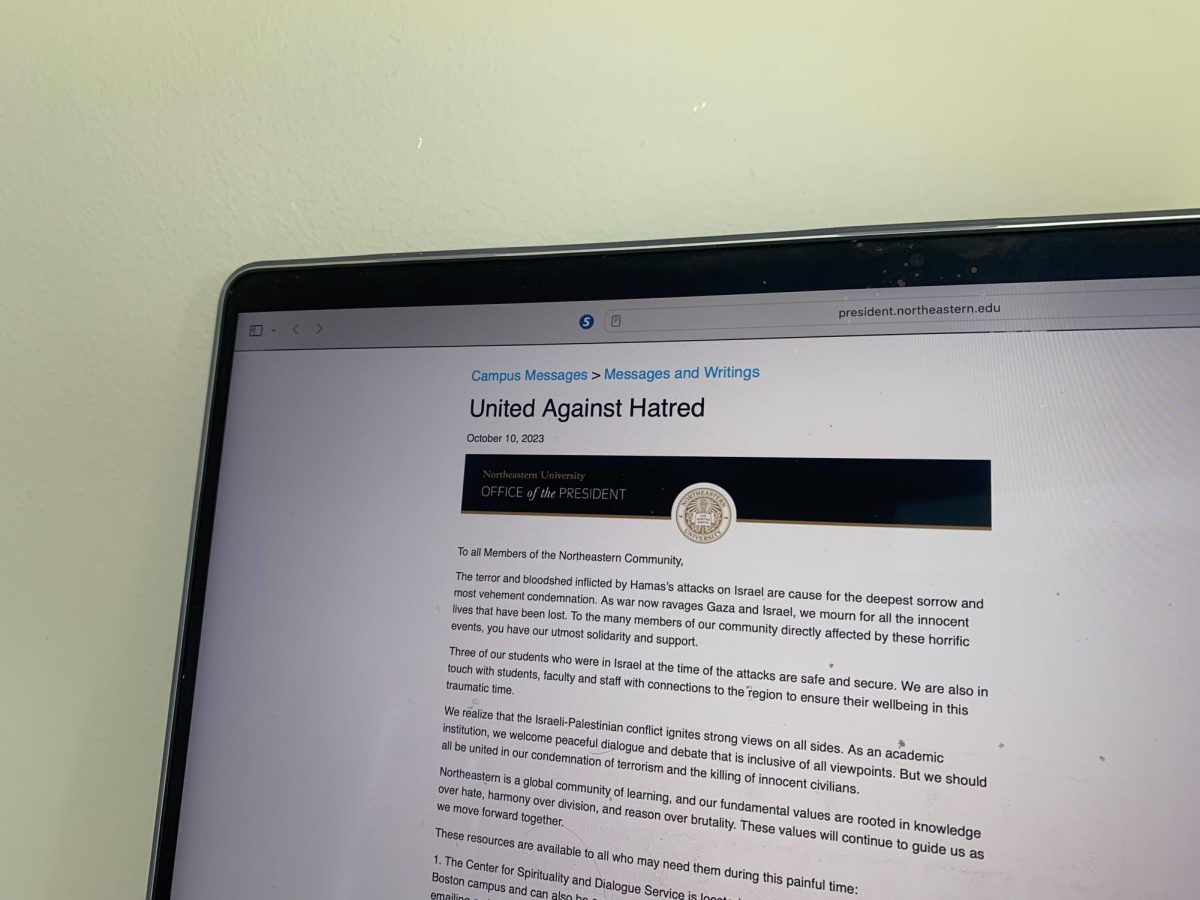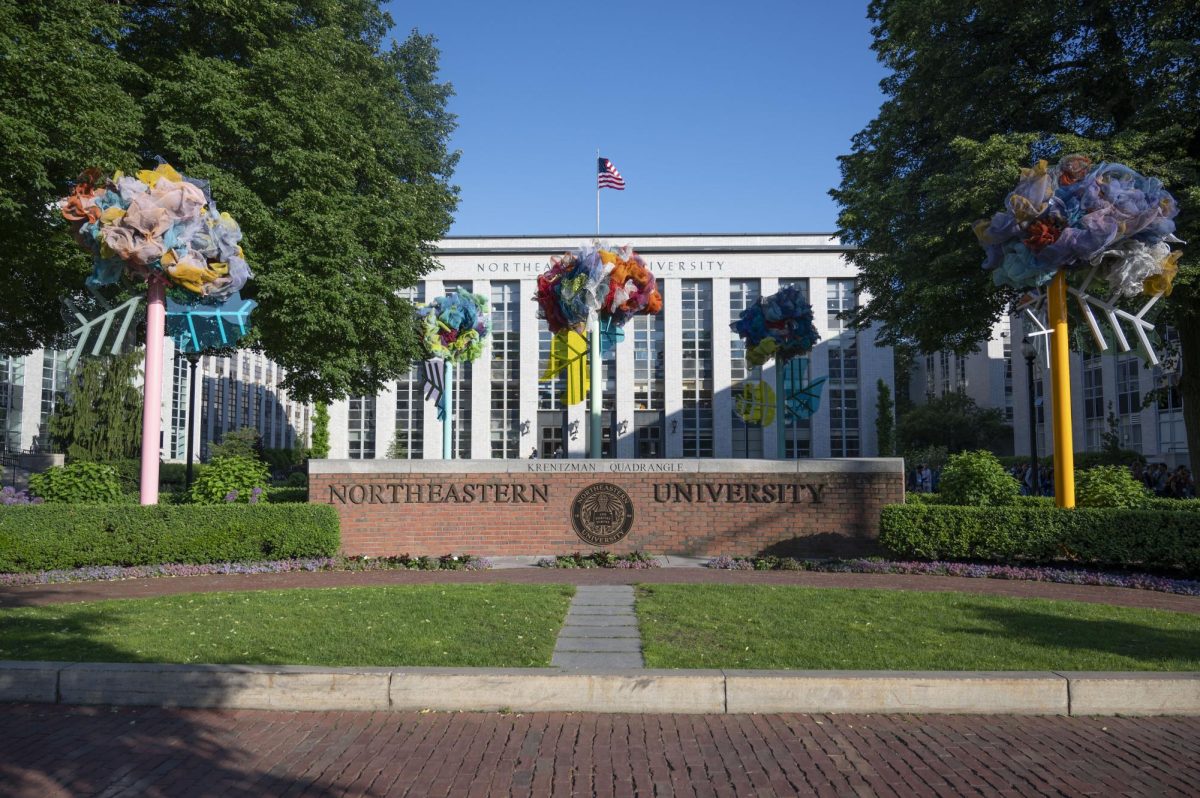Students come to Northeastern with the hope of developing themselves to be prepared to enter the workforce. Day in and day out, each student works on becoming their best by advancing their knowledge, research skills and professional experience.
However, students cannot pursue these goals if they feel unsafe, since human beings prioritize their survival needs first. To address such needs, Northeastern students have access to services like the Safe Zone app.
The app was created to facilitate emergency contact between students and the Northeastern University Police Department (NUPD). It employs a geo-fence, which is a predetermined virtual perimeter around campus. This geo-fence is designed to ensure that when a student triggers the app’s emergency button within the campus boundaries, it immediately alerts the NUPD station. This alert is sent to NUPD cell phones, in accordance with the principles outlined in NUPD Situational Awareness Training 101. However, it’s important to note that the app’s functionality extends beyond campus limits. When a student is outside the geo-fence, the app can still be used to connect with emergency services like 911.
Despite the app being created to enhance safety solutions on and around campus, it doesn’t seem to be doing its intended job. James Chang-Davidson, a fifth- year computer science major, said that “it was created as a solution to a problem that already had one.” He feels that if an emergency situation arises, it’s easier to just call NUPD through their direct line or call 9-1-1.
Most students are not aware of the existence of such an app available to them, even though the NUPD does inform students at orientation. A lot of transfer students do not necessarily have an official orientation where they would get such vital information.
Mei Downey, a first-year biochemistry student, also raises the point that there are “too many apps to download” as a new student, thus making “phone numbers more useful.” So, how does the university and NUPD improve such well-intended safety innovation?
Starting an awareness campaign to address students’ lack of knowledge about the app’s existence is a positive first step. Information can be shared through a variety of channels, including newsletters, social media and in-person sessions led by the NUPD. It is important to remind students that this app was designed for their safety, which can reduce stress, particularly when walking alone at night. They can use the app to check-in and share their location.
The interface should perhaps have a notification tab on the homepage to alert students daily of NUPD activity and recent crime history. Another tab could also be created with safety tips for which areas to avoid or steps to take if an active threat arises.
The app could also implement two-way communication between users and campus police through a chat system, enabling users to ask for information on procedures or get advice on personal situations. Obtaining reliable guidance without having to disturb their calendar will put students at the center of their own safety.
To go even further, the app could also include an anonymous reporting feature. Many students tend to be hesitant to report incidents directly, yet would probably do so willingly through easy-access features, which would contribute to campus safety.
The app, as mentioned above, features a wellbeing assistance tab where students can access Find@Northeastern service, so why not display this fact on the website page of Northeastern University Health and Counseling Services?
As mentioned before by Downey and Chang-Davidson, the issue of having too many apps needs to be fixed. One way to do so is to merge apps together that serve the same goals, such as RedEye and the SafeZone app. Both exist to improve students’ safety, so instead of making students feel like they must choose between each or the other, perhaps combining them into one app is the solution.
Currently, the university and NUPD are failing at getting students to use an app that could potentially save lives during an emergency. It is time for this issue to be addressed, and not soon, but right now.
Derek Telep is a Master’ student in criminology and criminal justice. He can be reached at [email protected]







